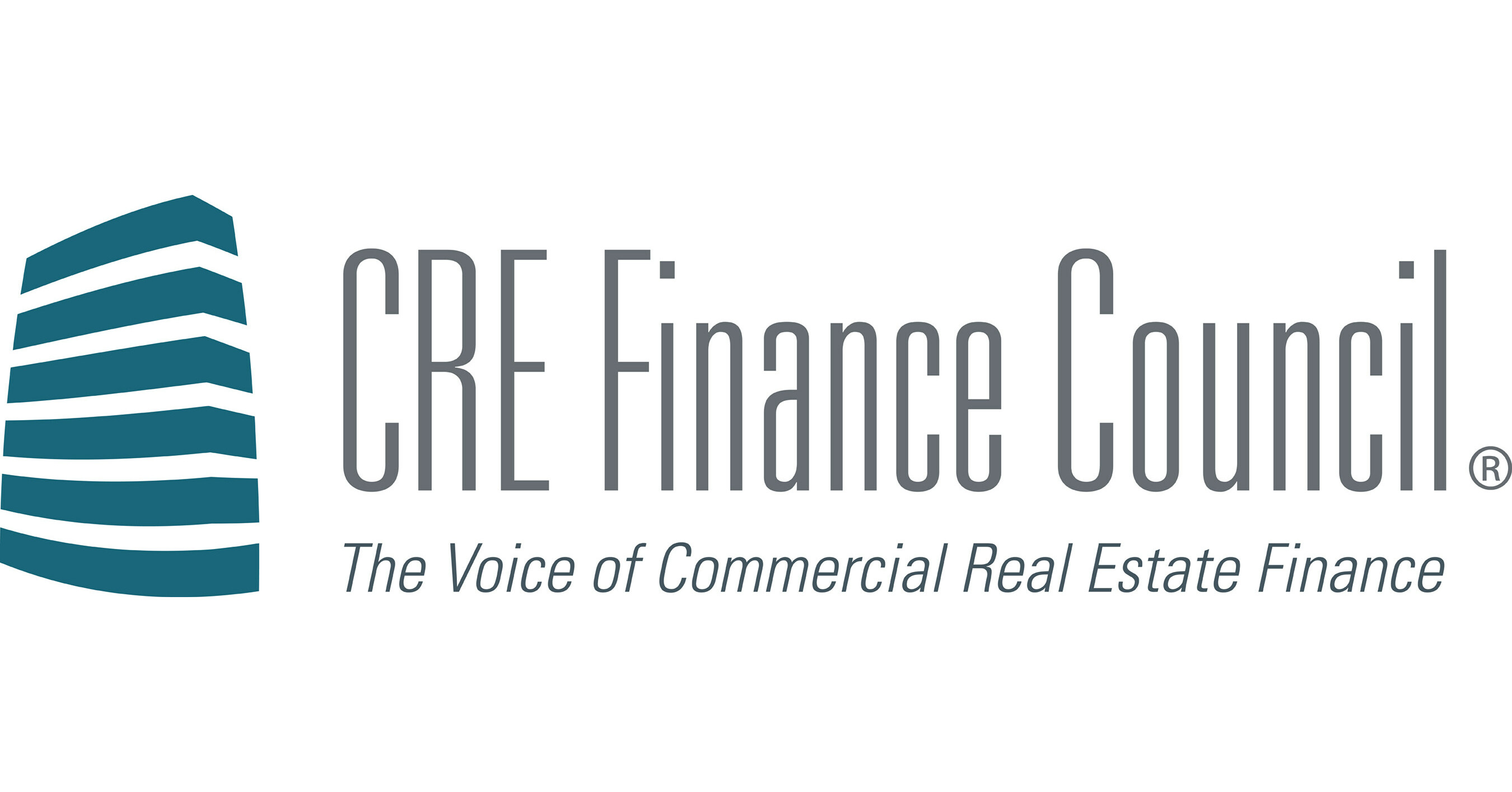I
n residential real estate appraisal, accuracy, objectivity, and reliability are crucial components of producing well-supported opinions of property value. To meet client demands and comply with USPAP, appraisers must gather and analyze a wide range of data sources, including MLS listings, county records, other appraisers, and reputable real estate brokers.
A correlation matrix is a valuable statistical tool that helps assess relationships between different variables, ensuring thorough, defensible, and reproducible appraisal reports. By using a correlation matrix, appraisers can identify key relationships between variables influencing property values, such as square footage, number of bedrooms/baths, lot size, year built/condition, location, and neighborhood characteristics.
One primary reason for using a correlation matrix is to identify the strength and direction of relationships between these variables. Correlation coefficients range from -1 to 1, with 1 indicating a perfect positive correlation and -1 indicating a perfect negative correlation. A value near 0 suggests no linear relationship. For example, if an appraiser analyzes how square footage relates to property value, a high positive correlation would suggest that larger homes tend to have higher values.
Using a correlation matrix also enhances the accuracy of property comparisons by helping appraisers refine their selection of comparable properties. By identifying which variables have the most significant impact on property values in the markets under analysis, appraisers can prioritize properties with similar characteristics and make objective, data-driven choices. This approach reduces the potential for bias and subjectivity.
A correlation matrix also detects multicollinearity in variables, which occurs when two or more variables are highly correlated with each other. By identifying high correlations between independent variables, appraisers can choose to remove or combine them, ensuring that the analysis is reliable, accurate, and credible.
Incorporating a correlation matrix into the appraisal process improves reproducibility by providing a clear, visual representation of how different variables interact. This makes it easier for others to understand the relationships considered in the appraisal and verify the appraiser's conclusions. By making the analyses behind the value conclusion more transparent, correlation matrices foster confidence in the appraisal's findings.
A correlation matrix also supports credible market trends and adjustments by providing empirical support for the adjustments made in an appraisal. By basing adjustments on statistically- and market-supported relationships between variables, appraisers can avoid making arbitrary or unsupported changes to property values. This practice improves the credibility of the appraisal and makes it easier to defend the report if challenged.
In conclusion, using a correlation matrix in residential real estate appraisals offers several distinct benefits that improve the objectivity and overall quality of the appraisal process. By identifying key relationships between variables, enhancing property comparisons, detecting multicollinearity, improving reproducibility, and supporting credible market adjustments, appraisers can produce more accurate, reliable, and defensible reports.














